-
 bitcoin
bitcoin $114320.977035 USD
-0.40% -
 ethereum
ethereum $4152.439985 USD
-1.75% -
 tether
tether $1.000111 USD
-0.04% -
 xrp
xrp $2.843037 USD
-1.63% -
 bnb
bnb $1013.349380 USD
-1.62% -
 solana
solana $208.362767 USD
-2.10% -
 usd-coin
usd-coin $0.999783 USD
0.00% -
 dogecoin
dogecoin $0.232559 USD
-1.00% -
 tron
tron $0.333491 USD
-1.09% -
 cardano
cardano $0.806310 USD
0.19% -
 hyperliquid
hyperliquid $45.023720 USD
-1.59% -
 ethena-usde
ethena-usde $1.000819 USD
-0.06% -
 chainlink
chainlink $21.241249 USD
-2.11% -
 avalanche
avalanche $30.035416 USD
-0.66% -
 stellar
stellar $0.364984 USD
-2.05%
How do I adjust the leverage ratio in Polkadot contracts?
Leverage in Polkadot-based derivatives is enabled by DeFi apps on parachains like Acala and Moonbeam, where users can adjust positions via smart contracts, subject to collateral rules and real-time oracle data.
Sep 25, 2025 at 02:54 pm
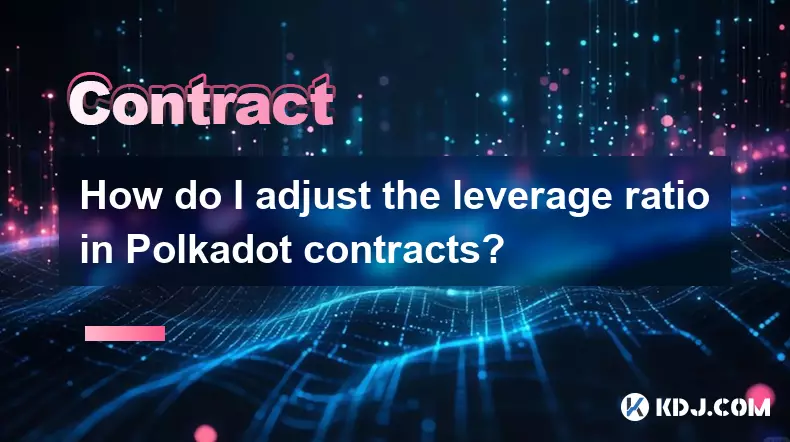
Understanding Leverage in Polkadot-Based Derivatives
1. Leverage within the Polkadot ecosystem is not natively supported through its core blockchain protocols. Instead, leverage functionality emerges from decentralized finance (DeFi) applications built on parachains such as Acala, Moonbeam, or Karura. These platforms implement synthetic assets and derivatives that allow users to gain leveraged exposure to various underlying assets.
2. Adjusting leverage typically occurs within smart contracts deployed on EVM-compatible Polkadot parachains. Users interact with lending or perpetual futures contracts where parameters like collateral ratio and maximum leverage are defined by the protocol’s risk engine.
3. To modify leverage, a user must first deposit collateral into a designated vault contract. The amount of collateral directly influences the maximum allowable leverage based on the platform’s loan-to-value (LTV) thresholds.
4. Once collateral is secured, traders can open leveraged positions using interfaces connected to oracles that provide real-time pricing data. Increasing leverage involves borrowing additional synthetic tokens or stablecoins against existing holdings, effectively amplifying both potential gains and liquidation risks.
5. It's essential to monitor health factors displayed in the dApp interface. If price movements reduce the collateral ratio below a critical threshold, automatic liquidations may occur without manual intervention.
Interacting with Smart Contracts for Position Management
1. Access to leverage adjustment features requires connecting a wallet such as Polkadot.js or MetaMask—depending on the parachain—to the DeFi platform’s frontend. This connection enables direct interaction with underlying smart contracts governing position size and margin levels.
2. Within the trading dashboard, users see current leverage multipliers, often ranging from 2x to 10x depending on asset volatility and protocol rules. Selecting a new multiplier triggers a transaction that updates the debt and collateral balance within the smart contract state.
3. Behind the scenes, this process modifies variables stored in the contract such as debtAmount and collateralValue. These values are recalculated using oracle feeds before any changes are committed to ensure solvency conditions remain valid.
4. Some platforms require users to manually repay part of their borrowed amount when reducing leverage, which alters the effective multiplier. Others offer auto-deleverage mechanisms during high congestion periods to maintain system stability.
5. Every leverage change generates an on-chain event log, allowing external tools to track modifications in real time. This transparency supports third-party risk monitoring services and alert systems.
Risk Parameters and Protocol-Specific Rules
1. Each Polkadot-based DeFi protocol sets unique constraints on leverage ratios. For example, Acala’s Honzon system applies dynamic risk models that adjust maximum leverage based on market liquidity and historical volatility metrics pulled from off-chain data providers.
2. Liquidation penalties vary across platforms. In certain cases, increasing leverage also raises the fee tier applied upon repayment or early closure of a position. These fees are encoded into the contract logic and visible prior to execution.
3. Cross-chain interactions introduce additional complexity. When leveraging DOT itself, users must account for relay chain finality delays that could affect how quickly margin calls are processed compared to native parachain assets.
4. Governance tokens often play a role in determining leverage caps. Holders of tokens like KAR or ACA can vote on parameter upgrades, including adjustments to maximum LTV ratios and interest rate curves tied to utilization rates.
5. Temporary restrictions may be enforced during extreme market events. Emergency shutdown procedures can freeze leverage modifications entirely until system-wide risks are mitigated, preserving overall network integrity.
Frequently Asked Questions
Can I use Polkadot.js Wallet to directly change leverage settings?Yes, but only indirectly. Polkadot.js Wallet allows signing transactions sent from dApps. You cannot adjust leverage inside the wallet itself; you must use a compatible DeFi interface that communicates with smart contracts on a Polkadot parachain.
What happens if my leveraged position gets liquidated?Upon liquidation, the smart contract automatically sells part of your collateral to cover the outstanding debt. A penalty fee is usually charged, and remaining assets—if any—are returned to your wallet. The exact mechanism depends on the specific protocol’s design.
Are there gas fees when modifying leverage on Moonbeam?Yes. Since Moonbeam operates as an Ethereum-compatible parachain, changing leverage incurs transaction fees paid in GLMR. These fees fluctuate based on network activity and computational complexity of the contract call.
Is it possible to have negative equity in a leveraged Polkadot-based position?Most protocols prevent negative equity by enforcing strict liquidation rules. Positions are closed before debts exceed collateral value. However, in rare cases of oracle failure or network congestion, under-collateralized states might occur temporarily until governance or emergency measures intervene.
Disclaimer:info@kdj.com
The information provided is not trading advice. kdj.com does not assume any responsibility for any investments made based on the information provided in this article. Cryptocurrencies are highly volatile and it is highly recommended that you invest with caution after thorough research!
If you believe that the content used on this website infringes your copyright, please contact us immediately (info@kdj.com) and we will delete it promptly.
- BlockDAG, DOGE, HYPE Sponsorship: Crypto Trends Shaping 2025
- 2025-10-01 00:25:13
- Deutsche Börse and Circle: A StableCoin Adoption Powerhouse in Europe
- 2025-10-01 00:25:13
- BlockDAG's Presale Buzz: Is It the Crypto to Watch in October 2025?
- 2025-10-01 00:30:13
- Bitcoin, Crypto, and IQ: When Genius Meets Digital Gold?
- 2025-10-01 00:30:13
- Stablecoins, American Innovation, and Wallet Tokens: The Next Frontier
- 2025-10-01 00:35:12
- NBU, Coins, and Crypto in Ukraine: A New Yorker's Take
- 2025-10-01 00:45:14
Related knowledge
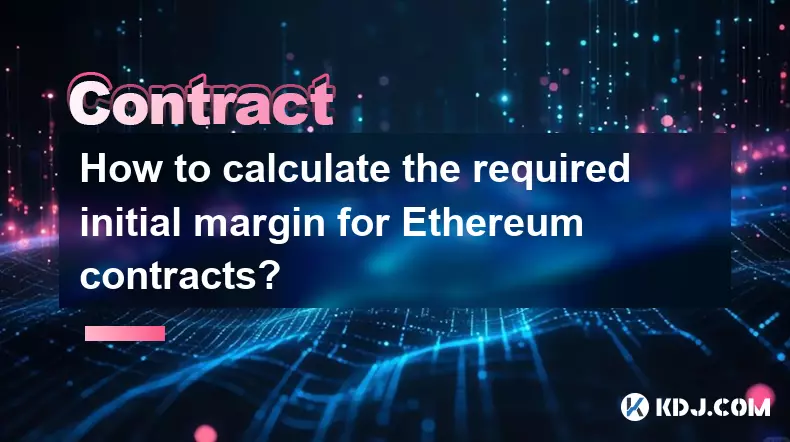
How to calculate the required initial margin for Ethereum contracts?
Oct 01,2025 at 06:01am
Understanding Initial Margin in Ethereum Futures1. The initial margin for Ethereum futures contracts represents the minimum amount of capital a trader...
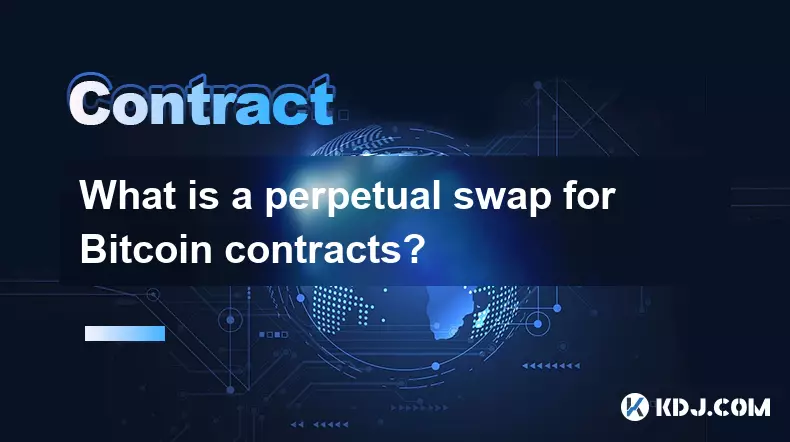
What is a perpetual swap for Bitcoin contracts?
Oct 01,2025 at 08:18am
Understanding Perpetual Swaps in Bitcoin Trading1. A perpetual swap is a type of derivative contract that allows traders to speculate on the price of ...

What is the best platform for trading SOL contracts?
Oct 01,2025 at 06:36am
Understanding the Role of Decentralized Exchanges in Modern Crypto Trading1. Decentralized exchanges (DEXs) have reshaped how traders interact with di...
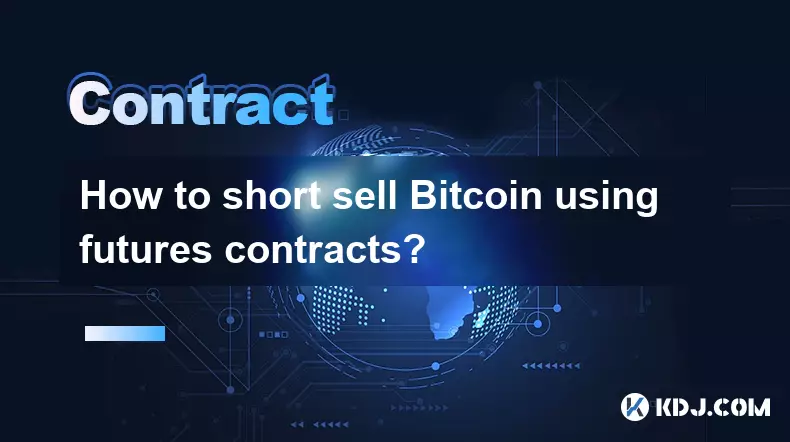
How to short sell Bitcoin using futures contracts?
Oct 01,2025 at 02:54am
Understanding the Role of Decentralized Exchanges in Crypto Trading1. Decentralized exchanges (DEXs) have become a cornerstone of the cryptocurrency e...

Are PEPE contracts a good way to trade volatility?
Oct 01,2025 at 04:18am
Understanding PEPE Contracts in the Cryptocurrency Market1. PEPE contracts, derived from the broader meme coin movement, have gained attention due to ...
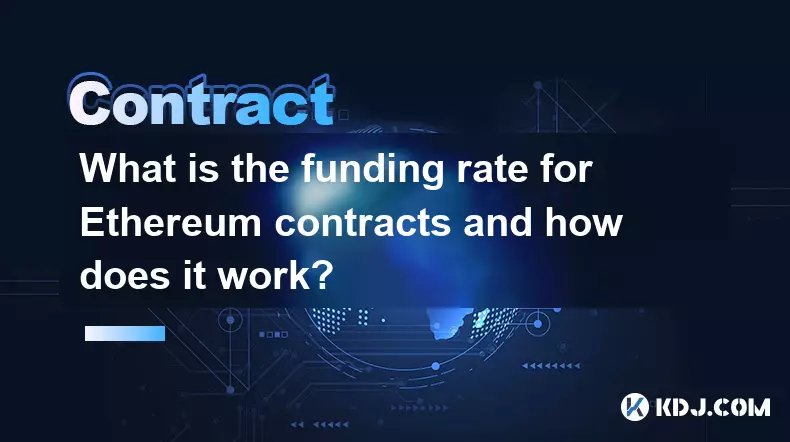
What is the funding rate for Ethereum contracts and how does it work?
Oct 01,2025 at 10:54am
Funding Rate Mechanism in Ethereum Derivatives1. The funding rate is a periodic payment exchanged between long and short positions in perpetual future...

How to calculate the required initial margin for Ethereum contracts?
Oct 01,2025 at 06:01am
Understanding Initial Margin in Ethereum Futures1. The initial margin for Ethereum futures contracts represents the minimum amount of capital a trader...

What is a perpetual swap for Bitcoin contracts?
Oct 01,2025 at 08:18am
Understanding Perpetual Swaps in Bitcoin Trading1. A perpetual swap is a type of derivative contract that allows traders to speculate on the price of ...

What is the best platform for trading SOL contracts?
Oct 01,2025 at 06:36am
Understanding the Role of Decentralized Exchanges in Modern Crypto Trading1. Decentralized exchanges (DEXs) have reshaped how traders interact with di...

How to short sell Bitcoin using futures contracts?
Oct 01,2025 at 02:54am
Understanding the Role of Decentralized Exchanges in Crypto Trading1. Decentralized exchanges (DEXs) have become a cornerstone of the cryptocurrency e...

Are PEPE contracts a good way to trade volatility?
Oct 01,2025 at 04:18am
Understanding PEPE Contracts in the Cryptocurrency Market1. PEPE contracts, derived from the broader meme coin movement, have gained attention due to ...

What is the funding rate for Ethereum contracts and how does it work?
Oct 01,2025 at 10:54am
Funding Rate Mechanism in Ethereum Derivatives1. The funding rate is a periodic payment exchanged between long and short positions in perpetual future...
See all articles










































































